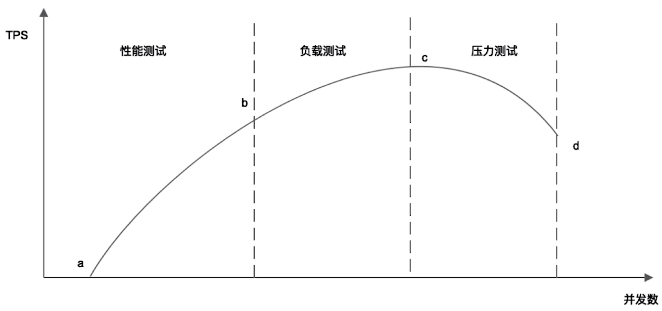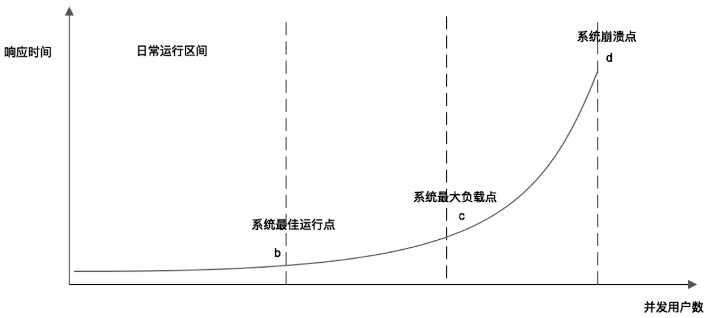import java.io.IOException;import java.util.ArrayList;import java.util.Collections;import java.util.Comparator;import java.util.List;import java.util.concurrent.ExecutorService;import java.util.concurrent.Executors;import java.util.concurrent.ThreadPoolExecutor;
import org.apache.http.client.ClientProtocolException;import org.apache.http.client.methods.CloseableHttpResponse;import org.apache.http.client.methods.HttpGet;import org.apache.http.impl.client.CloseableHttpClient;import org.apache.http.impl.client.HttpClients;
public class PerformanceTest {
public static void main(String[] args) throws ClientProtocolException, IOException, InterruptedException { int requestCount=100;//请求总次数 int concurrency =10;//并发数 String url="https://www.baidu.com/"; ExecutorService executorService = Executors.newFixedThreadPool(concurrency); //创建线程池 List resultList = Collections.synchronizedList(new ArrayList<Long>());//创建线程安全的list
//创建局部内部类 class RunRequest implements Runnable{ @Override public void run() { CloseableHttpClient cClient=null; CloseableHttpResponse cResponse=null; try { Thread.sleep((long)(2000*Math.random()));//请求随机间隔,以防请求过快 long startTime=System.currentTimeMillis();//记录开始时间 cClient=HttpClients.createDefault();//创建HttpClient实例 cResponse = cClient.execute(new HttpGet(url));//发起请求 if(200==cResponse.getStatusLine().getStatusCode()) { long endTime=System.currentTimeMillis();//记录结束时间 resultList.add(endTime-startTime);//计算本地请求的时间间隔,并存入集合 } } catch (Exception e) { e.printStackTrace(); }finally { try { cResponse.close(); cClient.close(); } catch (IOException e) { e.printStackTrace(); } } } } RunRequest runR=new RunRequest(); for(int i=0;i<requestCount;i++) { executorService.execute(runR);//利用线程池中的线程运行Runnable方法 } //重复检查是否所有的线程都运行完毕 while(true) { if(((ThreadPoolExecutor)executorService).getActiveCount()==0) { System.out.println("所有的子线程都结束了!"); executorService.shutdown(); break; } Thread.sleep(1000); } System.out.println("成功的请求数量:"+resultList.size()); resultList.sort(Comparator.comparingLong(Long::longValue));//集合排序 long sum=0;//计算响应时间总和 for(int i=0;i<resultList.size();i++) { sum+=(long)(resultList.get(i)); } System.out.println("平均响应时间:"+sum/resultList.size()+"ms"); System.out.println("95%响应时间:"+resultList.get(50)+"ms"); }}














评论